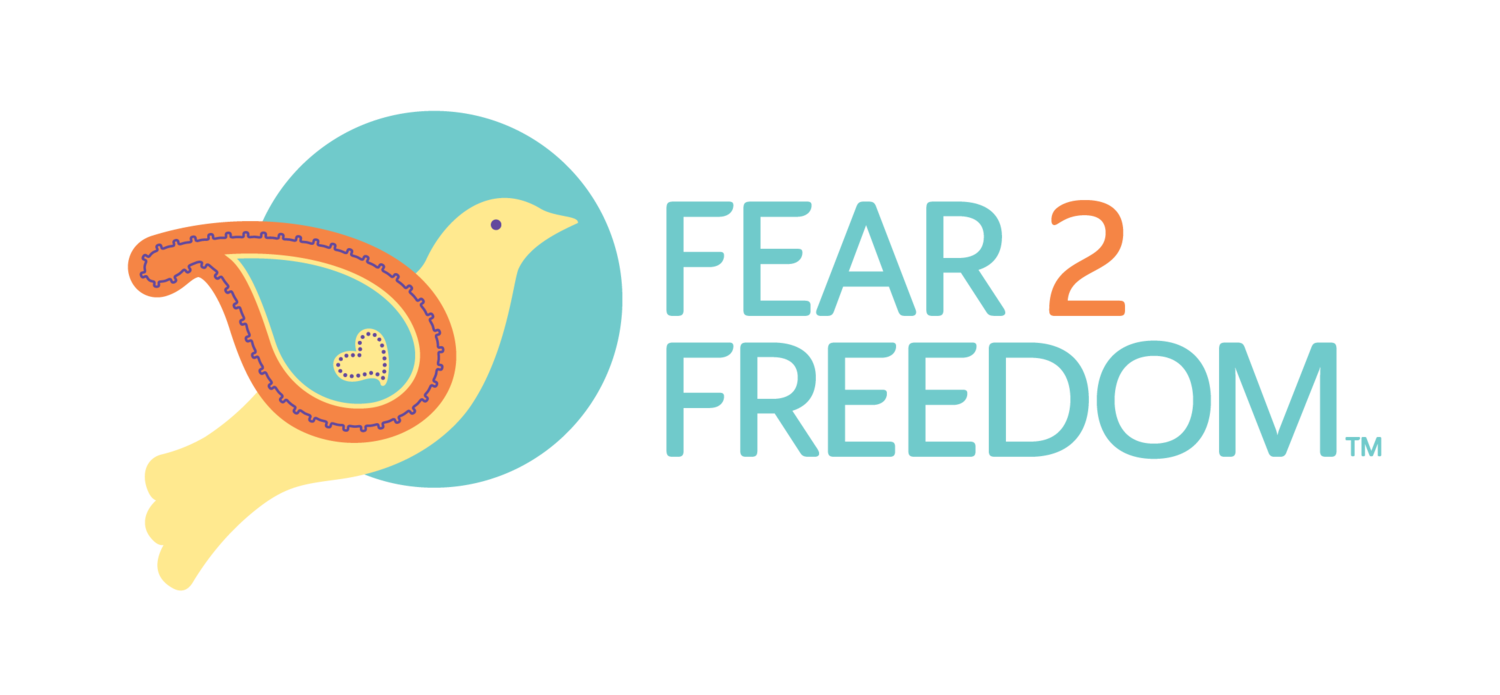written by: Shelly Averett, F2F Development Assistant
Have you ever wondered why things happen in your mind and body throughout your life? All things spiritual aside, I’m talking about the underlying biological and neurological effects accumulated from your birth to the present day. Most people associate these outcomes, either negatively or positively, to mere human actions such as diet and exercise. What if I told you that those actions don’t even begin to scratch the surface on underlying root causes? In order to better understand the whole picture, we must first dive deep into what shaped us into the adults we have become. More specifically, we must look at what experiences we endured during our adolescent years (birth to 17 years). It was during this time period when we were at our most vulnerable and any Adverse Childhood Experiences (ACEs) would have occurred.
What are ACEs?
To get a clearer picture, let's start with a definition of ACEs. According to the Centers for Disease Control and Prevention (CDC), ACEs are potentially traumatic events that happen in one’s lifetime before the age of eighteen. Some examples include: experiencing child abuse and/or childhood sexual assualt, being neglected by one’s parents or support system, witnessing violence in one’s home or community, witnessing substance abuse, or facing instability due to parental incarceration. Keep in mind, this is just a sample list and does not outline all potential traumas faced by adolescents all over the United States.
What is the ACE Study?
The CDC-Kaiser Permanente Adverse Childhood Experiences (ACE) Study was a confidential survey conducted between 1995-1997 in Southern California in over 17,000 participants. Participants in the survey were asked questions related to their childhood (i.e. experiences) as well as adulthood (i.e. health status and current behaviors/responses to situations). Throughout the findings, ten types of childhood traumas were identified as most common: physical abuse, verbal abuse, sexual abuse, physical neglect, emotional neglect, alcoholic parent, child of a domestic abuse victim, family member incarcerated, family member with mental health diagnosis, and coming from a divorced home. Using these commonalities, the ACE Study was adapted to ten questions where participants are scored one point for every yes answer to a question. The total sum is one’s ACE score.
In the original study, more than two-thirds of the participants had at least one as their final score. As the score increases, so does the participant’s risk for physical ailment such as chronic disease as well as their potential for social and emotional distress (i.e. anxiety and depression). For participants with scores of 4 or more, the “likelihood of chronic pulmonary lung disease increases 390 percent; hepatitis, 240 percent; depression 460 percent; attempted suicide, 1,220 percent” (Aces Too High News).
Want to get your ACE Score? Click Here
What are the impacts?
The negative effects of ACEs can be seen during both childhood and adulthood. Children from underserved, racially segmented, or food scarce communities tend to have higher rates of ACEs. These children have a more difficult time forming safe and healthy relationships with other children and adults in their lives. According to the CDC, the toxic stress associated with ACEs can also hinder these children by limiting their ability to focus, retain learned information, or process and respond to stress without transitioning into flight or fight mode. As children age into adulthood, the effects of ACEs present differently. Chronic disease, chronic mental health disorders, substance abuse, and risky sexual behavior are all more likely in adults with higher ACE scores. Additionally, adults with higher ACE scores can experience financial instability due to mental health struggles and/or poor work histories.
Image by Centers for Disease Control and Prevention (https://www.cdc.gov/violenceprevention/aces/about.html)
How can we use this information?
The ACE Study is meant to be a guide in identifying and addressing root cause issues in behavior, development, and physical ailment whether in children or adults. In fact, ACES are indeed preventable in children and surmountable in adults. According to the CDC, creation and sustainability of safe, nurturing environments for children is key to the prevention of ACES and their ability to thrive. We must also welcome and encourage our parents to ask questions of their caregivers, seek advice from professionals, and pursue medical guidance for concerns without fear of repercussions or stigmatization. For adults, it’s a bit more challenging. It’s about being open to the knowledge of how your experiences shaped the opportunities you had in particular moments of your life while understanding and owning the power of your own resiliency. We can all help adults overcome their ACEs by standing up for, encouraging and destigmatizing seeking help for mental illness and/or substance abuse. We have the ability as a society to help prevent undue physical, emotional and social distress caused by adverse childhood experiences.
Additional Resources:
Centers for Disease Control and Prevention: Adverse Childhood Experiences (ACEs)
Centers for Disease Control and Prevention: About the CDC-Kaiser ACE Study
National Conference of State Legislators: Adverse Childhood Experiences
Dr. Nadine Burke-Harris Ted Talk: How childhood trauma affects health across a lifetime

